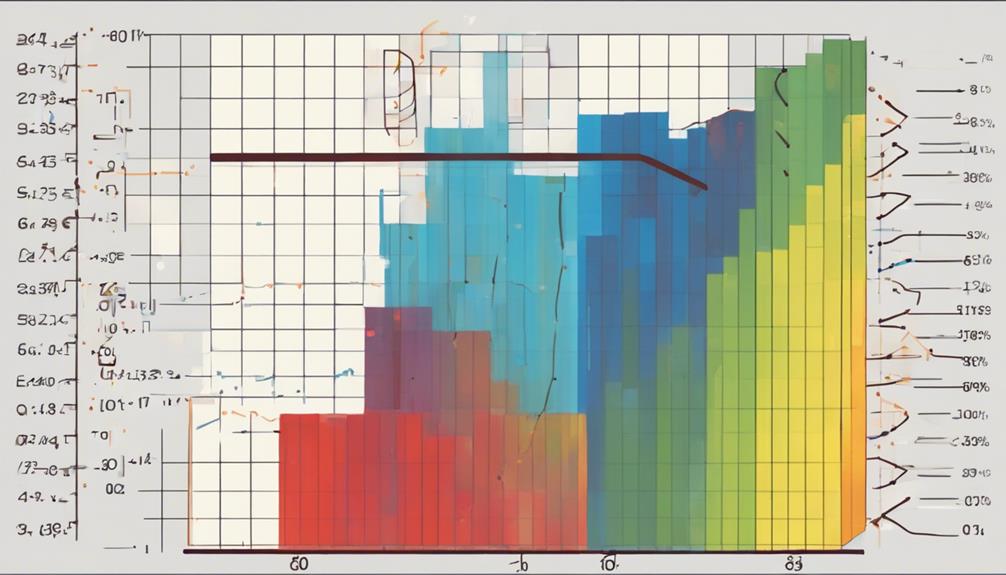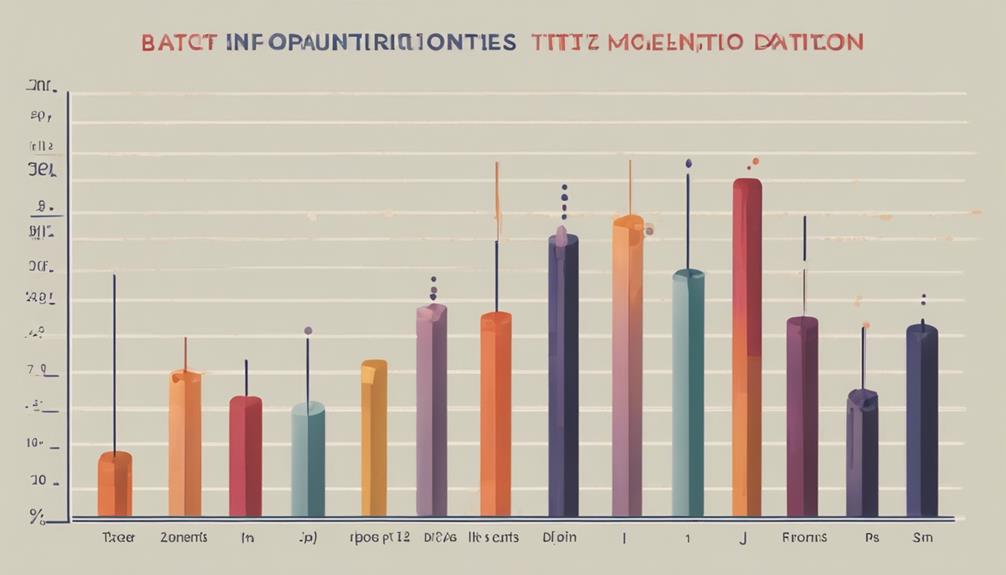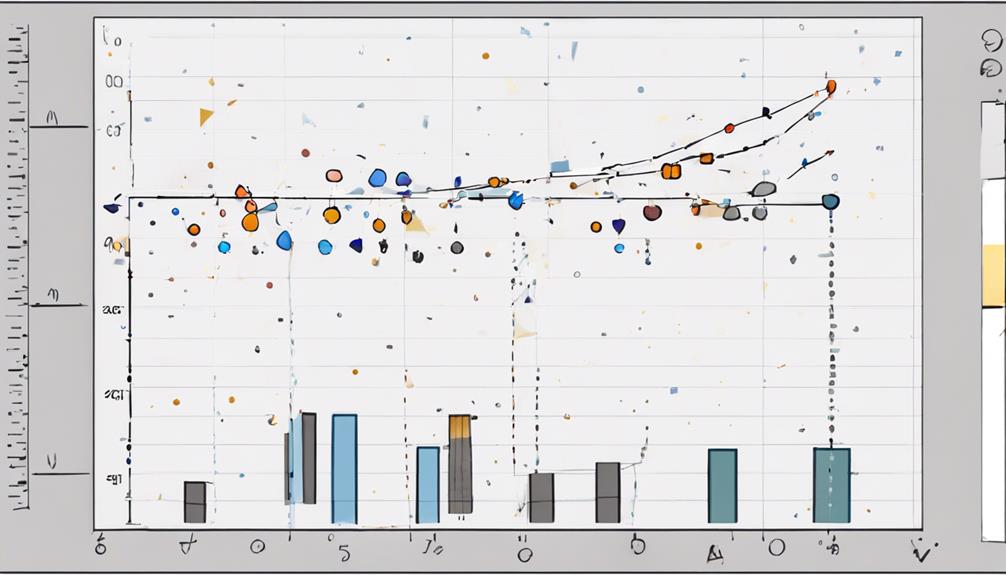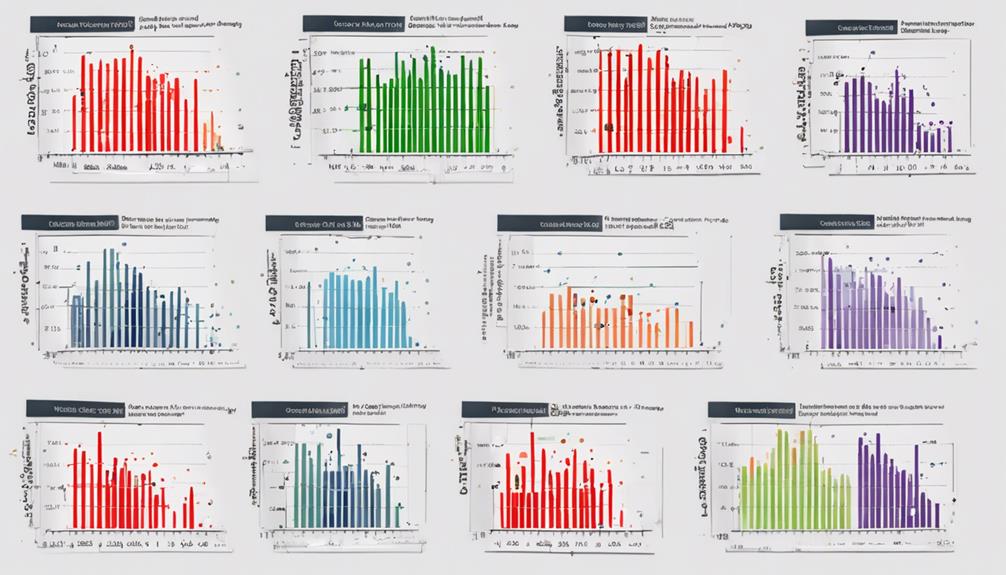In the realm of statistical analysis, Standard Deviation serves as a fundamental tool for understanding data distribution and variability.
Imagine unraveling the intricacies of this statistical measure, from its underlying calculation method to its practical implications in diverse sectors.
How does Standard Deviation empower decision-making processes, and what insights can it unveil when handled with precision and expertise?
Join this exploration into Standard Deviation Analysis, where a deeper comprehension awaits those seeking to navigate the complexities of data interpretation and statistical significance.
Understanding Standard Deviation Calculation
When calculating standard deviation, the spread of data points around the mean is quantified by determining the squared differences between each data point and the mean. This process helps in understanding how much each data point deviates from the average value of the dataset. The sum of these squared differences is then divided by the number of observations minus one to calculate the mean of squares. Taking the square root of this mean of squares gives the standard deviation, which is a measure of the dispersion of data points within a dataset.
Understanding standard deviation is essential in various fields such as quality control, where it helps in assessing the consistency and variability of processes. In a normal distribution, about 68% of the data points fall within one standard deviation of the mean, 95% within two standard deviations, and 99.7% within three standard deviations. The coefficient of variation, which is the ratio of the standard deviation to the mean, is another useful metric for comparing the variability of datasets with different units or scales.
Interpreting Standard Deviation Results

Interpreting the results of standard deviation involves a detailed analysis of the dispersion of data points around the mean in a dataset, providing valuable insights into the variability and clustering of data. When interpreting standard deviation results, consider the following:
- Calculate the mean: Before interpreting standard deviation, calculate the mean of the dataset to understand the central tendency of the data.
- Higher standard deviation indicates: A higher standard deviation indicates that data points are more spread out from the mean, reflecting greater variability within the dataset.
- Lower standard deviation suggests: Conversely, a lower standard deviation suggests that data points are closer to the mean, indicating less variability.
- Two standard deviations: Analyzing the data within two standard deviations of the mean can provide a clearer picture of the distribution and clustering of data points.
Understanding how to interpret standard deviation is crucial for drawing accurate conclusions and making informed decisions based on the variability present in the dataset.
Common Misconceptions About Standard Deviation

Common misconceptions about standard deviation often stem from a lack of understanding of its true purpose and interpretation in statistical analysis. Standard deviation is not a measure of the mean but rather a measure of data variability around the mean, describing the spread of the entire dataset, not individual data points.
It is crucial to note that outliers can significantly impact the standard deviation, potentially skewing its value. One common misconception is that a higher standard deviation always indicates poor data quality; however, this interpretation depends on the context and purpose of the analysis.
Misinterpreting standard deviation can lead to incorrect assumptions about data consistency and variability, highlighting the importance of a clear understanding of its role in statistical tests. When dealing with a normal distribution, a low standard deviation indicates that data points are close to the mean, while a high standard deviation suggests a wider spread within the data set.
Careful consideration and correct calculations are necessary to accurately interpret and utilize standard deviation in statistical analysis.
Practical Applications of Standard Deviation

The practical applications of standard deviation encompass a wide range of statistical analyses and data interpretation techniques in various fields.
- Standard deviation is particularly useful when dealing with data that follows a normal distribution, providing insights into the spread of data around the mean.
- By understanding standard deviation, one can quantify data variability, which is essential for making informed decisions based on probability distributions.
- Normal distribution curves are uniquely defined by standard deviation, allowing for a better understanding of the distribution of data points.
- Incorporating standard deviation in data analysis helps in estimating the percentage of observations within specific ranges, aiding in drawing meaningful conclusions from the data.
Advanced Considerations for Standard Deviation

Considering the impact of outliers on standard deviation is crucial for a comprehensive analysis of data variability and reliability. Outliers, being extreme values in a dataset, can significantly affect standard deviation measures by pulling the spread of data points away from the mean.
Standard deviation plays a vital role in quantifying the dispersion of data points and is sensitive to the presence of these extreme values. Removing outliers can help in obtaining a more accurate representation of the central tendency and spread of the remaining data, thereby improving the reliability of the analysis.
Understanding the influence of outliers on standard deviation enhances the assessment of data consistency and assists in identifying anomalous data points that may require further investigation. To calculate standard deviation, one must take the square root of the variance, which is the average of the squared differences between each data point and the mean.
It is essential to consider outliers when using standard deviation to ensure a robust analysis that reflects the true variability within the dataset.
What Are the Key Steps in Conducting a Standard Deviation Analysis?
When conducting a standard deviation analysis, there are several essential standard deviation tips to follow. First, gather the data set of values for analysis. Then, calculate the mean. Next, find the squared differences between each value and the mean. Finally, sum the squared differences and divide by the total number of values.
Frequently Asked Questions
How to Do Standard Deviation Analysis?
Standard deviation analysis involves calculating data variability around the mean. This process entails finding the mean, calculating differences from the mean, squaring these differences, averaging them, and taking the square root. It aids in trend identification and outlier detection.
How Do You Comprehend Standard Deviation?
Understanding standard deviation involves grasping the variability of data points around the mean. It provides insight into the consistency and spread of values. Analyzing standard deviation aids in detecting outliers, identifying trends, and comparing datasets for informed decision-making.
What Are the 5 Steps to Calculate Standard Deviation?
To calculate standard deviation, first find the mean of the data points. Then, determine the difference between each point and the mean, square each difference, calculate the average of the squared differences, and finally, take the square root.
How Do You Interpret Standard Deviation Results?
Interpreting standard deviation results involves assessing data dispersion around the mean. A small standard deviation indicates data points closely clustered near the mean, while a large deviation signifies greater variability. Understanding this spread is crucial for data analysis.
Conclusion
In conclusion, standard deviation analysis is a crucial statistical tool for understanding data variability and making informed decisions in various fields.
By carefully interpreting standard deviation results and considering its practical applications, researchers and analysts can gain valuable insights into the distribution of data points.
Remember, the power of standard deviation lies in its ability to uncover patterns, outliers, and trends that may not be immediately apparent, enhancing the overall understanding of complex datasets.


